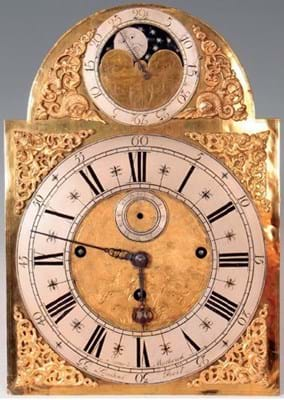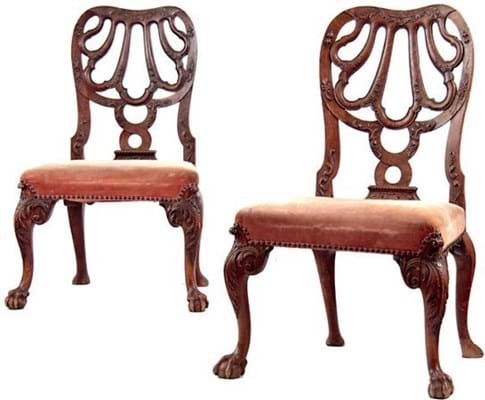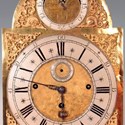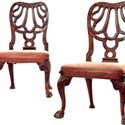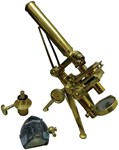And they plan to expand them – splashing out, so to speak, by turning the waterway beneath the old premises into a hydro-electric plant to power a business centre.
More sales like the 1040-lot event on January 24 will increase power to their green elbow.
It covered most aspects of the antiques world but was led by Hodson’s original speciality of horology: a rare c.1670 grande sonnerie weight-driven clock movement attributed to Edward East (1602-96).
With a later dial signed James Markwick, Londini fecit (for either the late 17th century maker or his son), it featured an eight-day, 10-finned knopped pillar movement quarter-striking on three bells. Against a £4000-6000 estimate, it sold to a Continental collector at £9200.
A rare year-going calendar clock by Victorian maker James Musgrove of Burton-on-Trent showed that unusual longcases of quality still find eager buyers. In a 7ft 7in (2.31m) tall figured-mahogany case with a painted 16in (40cm) dial, the movement with deadbeat escapement and calendar wheel was powered by two massive lead weights. It was estimated at £3000-5000 and sold at £8000.
Fine-quality smaller clocks have displaced longcases as the market’s choice in recent years. A good example was a 8in (21cm) tall rosewood and brass inlaid mantel clock signed Arnold & Dent to the enamel dial and the backplate of an eight-day chain-driven fusee movement. It went to a collector within estimate at £7300.
Furniture highlights
Among the furniture, an early 18th century walnut side chair attributed to Giles Grendy was offered together with a 19th century copy. Estimated at £500-800, they sold to a UK specialist at £6600.
“Good furniture is still in high demand,” said Scott who could also point to a 5ft 5in (1.64m) tall George II carved gilt and gesso mirror (894) which went to a dealer at £7000.


